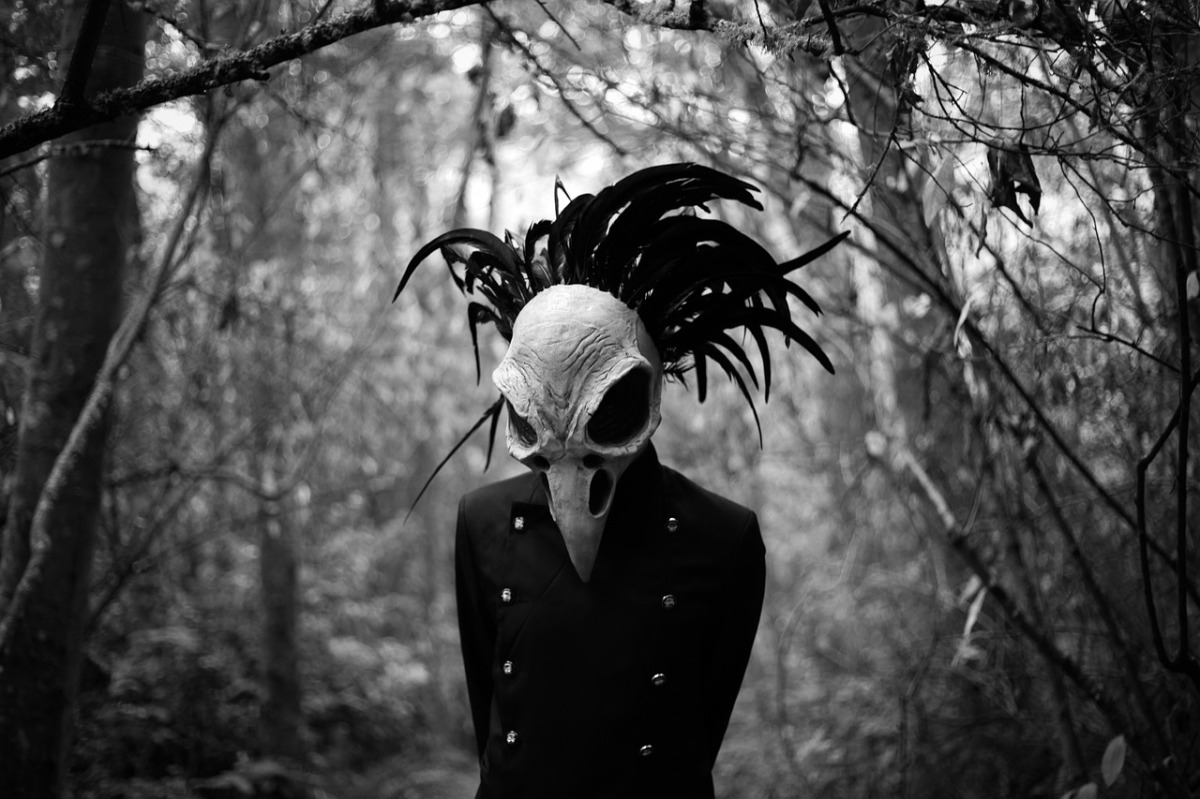In the ever-evolving tapestry of speculative fiction, a unique subgenre of horror has carved out its own dark niche in the hearts of readers and writers alike. This sub-genre is known as “creepypasta,” a term that may sound humorous at first but is synonymous with stories that chill, thrill, and linger in the minds of those who dare to delve into them. Today, we’ll explore the history of creepypasta, investigate its rise in popularity, highlight a few iconic examples, and speculate on its future direction.
The Birth of Creepypasta
The term “creepypasta” comes from the internet slang “copypasta,” which refers to text that has been copied and pasted across the web. Originating in the early 2000s in the shadowy corners of message boards and forums, creepypasta stories were shared as unsettling and eerie tales, designed to unnerve or frighten the reader. Unlike traditional horror stories, which found their home in books or on film, creepypastas are uniquely born of the digital age, reflecting the new ways people interact with text and storytelling online.
Why Creepypasta Captured the Internet’s Imagination
Accessibility and Community
One of the primary reasons for the surge in popularity of creepypasta is its accessibility. Anyone with an internet connection can stumble upon these stories, and more importantly, contribute their own. This democratic approach to storytelling has led to an explosion of creative output, with tales ranging from the deeply psychological to the supernatural and grotesque.
Anonymity and Authenticity
The often-anonymous nature of creepypasta contributions adds a layer of mystery and authenticity to the tales. Readers are left to wonder if what they’re reading could possibly be true, blurring the lines between fiction and reality. This ambiguity is a key ingredient in the recipe for a memorable horror story.
Virality and Memetics
Creepypasta stories are designed to be shared, and the best ones go viral, spreading across the internet like wildfire. This virality is not just a testament to the stories’ appeal but also to the way they tap into universal fears and anxieties, making them relatable to a wide audience.
Notable Creepypastas
Slender Man
Perhaps the most famous creepypasta creation, Slender Man, is a tall, faceless figure in a black suit, known for stalking, abducting, or traumatizing people, particularly children. The character has transcended its internet origins to inspire games, films, and real-world incidents, showcasing the potent impact of these digital tales.
The Russian Sleep Experiment
This chilling story recounts a fictional experiment supposedly conducted by Russian researchers in the late 1940s. Prisoners were kept in a gas-filled chamber to prevent them from sleeping, leading to horrifying psychological and physical transformations. The blend of historical plausibility with grotesque horror makes this tale especially unnerving.
Candle Cove
“Candle Cove” takes the form of a forum thread where users reminisce about a creepy children’s show they recall watching in the 1970s, only to slowly realize that the show contained sinister elements and might not have existed at all. The story plays on the nostalgia and unreliability of memory, creating a haunting narrative.
Ben Drowned
Centered around a haunted The Legend of Zelda: Majora’s Mask game cartridge, “Ben Drowned” tells the story of a player who encounters a malevolent entity named Ben, trapped within the game. The story was told through a series of blog posts and videos, pioneering the use of multimedia in creepypasta storytelling.
The Future of Creepypasta
As we look to the future, it’s clear that creepypasta has firmly established itself within the broader horror genre. The evolution of technology and storytelling platforms will undoubtedly influence its development. Augmented and virtual reality, for instance, could offer new ways to experience these tales, making them even more immersive and terrifying.
Moreover, the ongoing fascination with true crime, supernatural, and unexplained phenomena suggests that the appetite for creepypasta-style stories is unlikely to wane. As long as there are dark corners of the internet and imaginative minds to populate them, creepypasta will continue to evolve, terrify, and entertain.
Creepypasta represents a fascinating intersection of technology, storytelling, and folklore. These digital campfire tales have grown from simple scary stories shared on forums to a significant cultural phenomenon that influences mainstream media and even real-world behavior. As speculative fiction authors, there’s much to learn from the creepypasta subgenre, from its reliance on community and interactivity to its adeptness at tapping into universal fears. Whether as a source of inspiration or a cautionary tale about the power of stories, creepypasta holds a unique place in the pantheon of horror, reminding us of the enduring need to share our nightmares, even in the digital age. If you decide to dip your toe into the dark currents of this subgenre yourself, let me know in the comments below, I’d love to read your creepy stories. Thanks for reading, and keep writing!
C. Wesley Clough
Image by blackrabbitkdj from Pixabay

